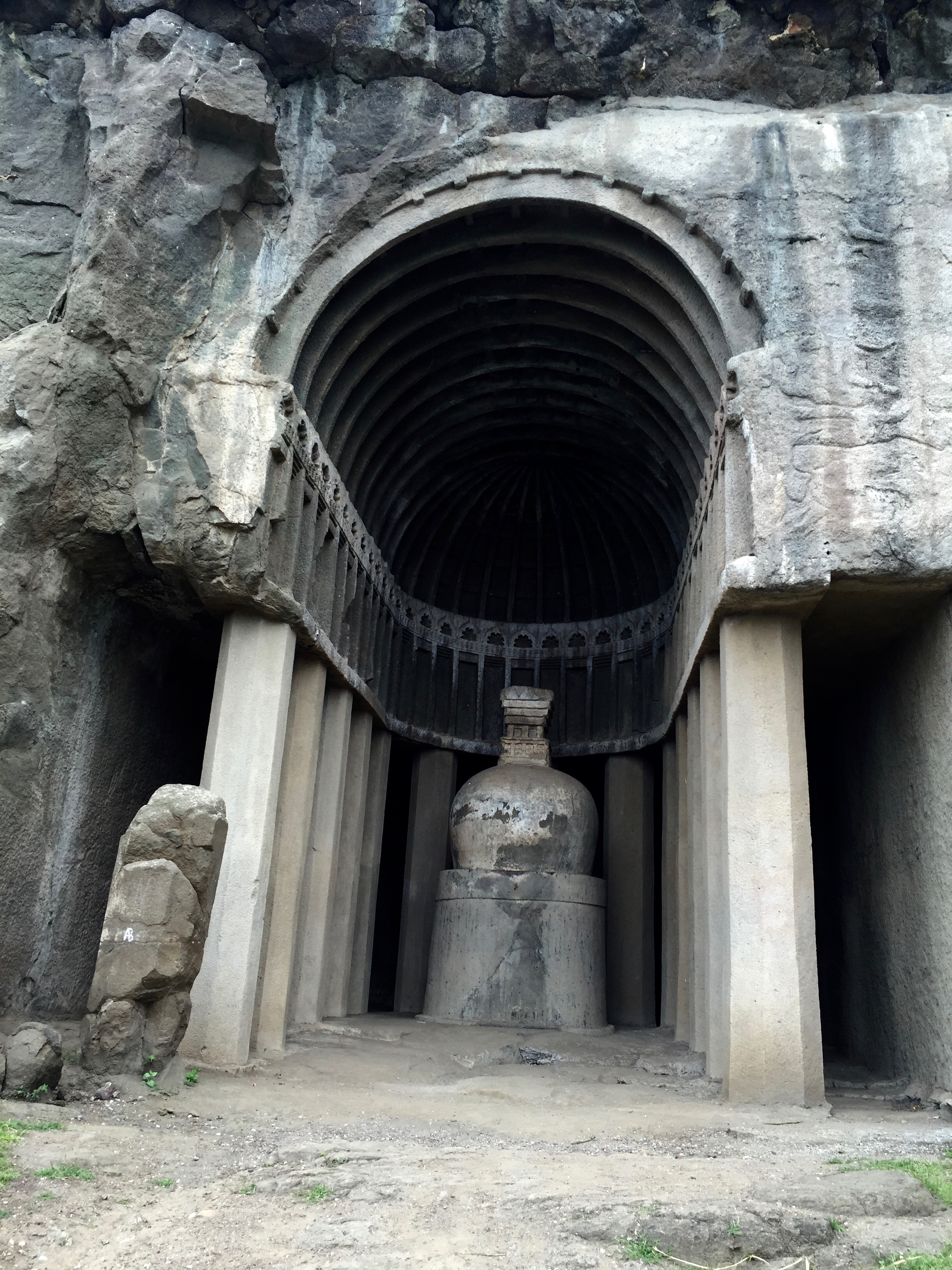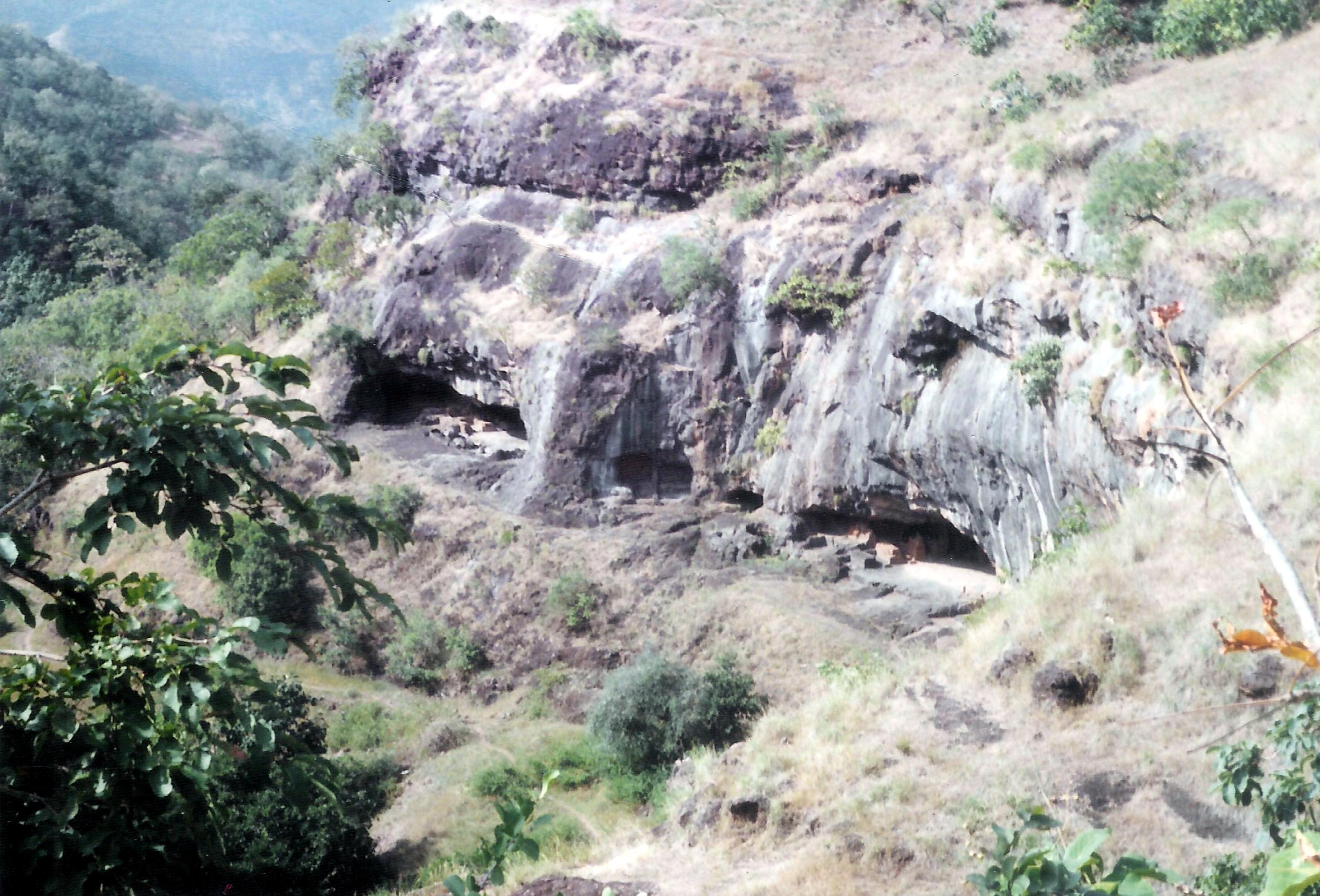Aurangabad Caves on:
[Wikipedia]
[Google]
[Amazon]

 The Aurangabad caves are twelve rock-cut
The Aurangabad caves are twelve rock-cut
File:1 Aurangabad Buddhist Caves.jpg, Aurangabad caves from distance
File:Aurangabad Caves Pespective.jpg, Stone stairs leading to an entrance
File:Aurangabad Caves, another view.JPG, Various sculptures next to an entrance
File:1 dancing goddess with other mothers at Aurangabad Buddhist Caves.jpg, Dancing goddess
File:2 Vajrayana mother goddesses at Aurangabad Buddhist Caves.jpg, Mother goddesses (Matrikas) of Vajrayana Buddhism
File:A medidating Buddha at Aurangabad Buddhist Caves.jpg, Meditating Buddha
File:Aurangabad caves close view.jpg, A close view of the sealed part of Aurangabad Caves
File:Aurangabad-caves.jpg, Approach to Aurangabad Caves
File:Aurangabad caves (41).jpg, Aurangabad Caves 41
File:Aurangabad - Ajanta Caves (9).JPG
File:Aurangabad caves (97).jpg, Aurangabad Caves 97
File:Bust of Dr. Babasaheb Ambedkar at Aurangabad caves.jpg
File:Aurangabad caves (101).jpg, Aurangabad Caves 101
File:Aurangabad caves (127).jpg, Aurangabad Caves 127
File:Aurangabad caves (109).jpg, Aurangabad Caves 109
File:Aurangabad caves (116).jpg, Aurangabad Caves 116
File:Aurangabad caves (184).jpg, Aurangabad Caves 184
File:Aurangabad Caves.JPG
File:Aurangabad caves (161).jpg
File:Aurangabad caves (24).jpg, Aurangabad Caves 24
File:Aurangabad caves (164).jpg, Aurangabad Caves 164
File:Aurangabad caves (120).jpg, Aurangabad Caves 120
File:Aurangabad caves (184).jpg, Aurangabad Caves
File:Aurangabad caves (177).jpg, Aurangabad Caves 177
File:Aurangabad caves (72).jpg, Aurangabad Caves
File:Aurangabad caves (68).jpg, Aurangabad Caves
File:Aurangabad caves (183).jpg, Stone pillars at Aurangabad caves 183
File:Aurangabad caves (22).jpg, Aurangabad Caves 22
File:Aurangabad caves (145).jpg, Aurangabad Caves 145
File:Aurangabad caves (69).jpg, Aurangabad Caves 69
File:Aquifer at Aurangabad Caves.jpg, Aquifer at Aurangabad Caves
File:Aurangabad caves (147).jpg, Aurangabad Caves 147
on You Tube
*Harle, J.C., ''The Art and Architecture of the Indian Subcontinent'', 2nd edn. 1994, Yale University Press Pelican History of Art, *Michell, George, ''The Penguin Guide to the Monuments of India, Volume 1: Buddhist, Jain, Hindu'', 1989, Penguin Books,
{{Indian Buddhist Caves Caves of Maharashtra Tourist attractions in Aurangabad, Maharashtra Indian rock-cut architecture Buddhist caves in India Language:Gujarati

 The Aurangabad caves are twelve rock-cut
The Aurangabad caves are twelve rock-cut Buddhist
Buddhism ( , ), also known as Buddha Dharma and Dharmavinaya (), is an Indian religion or philosophical tradition based on teachings attributed to the Buddha. It originated in northern India as a -movement in the 5th century BCE, and ...
shrines located on a hill running roughly east to west, close to the city of Aurangabad, Maharashtra
Aurangabad ( is a city in the Indian state of Maharashtra. It is the administrative headquarters of Aurangabad district and is the largest city in the Marathwada region. Located on a hilly upland terrain in the Deccan Traps, Aurangabad is the ...
. The first reference to the Aurangabad Caves is in the great chaitya
A chaitya, chaitya hall, chaitya-griha, (Sanskrit:''Caitya''; Pāli: ''Cetiya'') refers to a shrine, sanctuary, temple or prayer hall in Indian religions. The term is most common in Buddhism, where it refers to a space with a stupa and a rounded ...
of Kanheri Caves
The Kanheri Caves (''Kānherī-guhā'' aːnʱeɾiː ɡuɦaː are a group of caves and rock-cut monuments cut into a massive basalt outcrop in the forests of the Sanjay Gandhi National Park, on the former island of Salsette in the western outs ...
. The Aurangabad Caves were dug out of comparatively soft basalt rock during the 6th and 7th century.
The caves are divided into three separate groups depending on their location: these are usually called the "Western Group", with Caves I to V (1 to 5), the "Eastern Group", with Caves VI to IX (6 to 9), and a "Northern Cluster", with the unfinished Caves X to XII (9 to 12).
The carvings at the Aurangabad Caves are notable for including Hinayana style stupa, Mahayana art work and Vajrayana goddess. These caves are among those in India that show 1st millennium CE Buddhist artwork with goddesses such as Durga, and gods such as Ganesha, although Buddhist caves in other parts of India with these arts are older. Numerous Buddhist deities of the Tantra tradition are also carved in these caves.
Introduction
The cave temples of Aurangabad carved between the 6th and the 8th century are nine kilometers from Aurangabad city center, a few kilometers from the campus of Dr Babasaheb Ambedkar Marathwada University ,Soneri Mahal and the Bibi-ka-Maqbara. Carved in the Sihaychal ranges, the Aurangabad caves somewhat have been overshadowed by the UNESCO World Heritage monuments of Ellora Caves, Ellora and Ajanta Caves, Ajanta cave temples. Though its sculptures are comparable to Ajanta and Ellora, the caves are much smaller, more decrepit and less visited. Though in the 20th century, a few scholars started looking at these cave temples as a missing link between Ajanta and Ellora and also after an exhaustive study, were compelled to describe it as a " Sensitive remaking of life situated in time and space span". It is a protected monument under the Archaeological Survey of India.Caves I and III
"Caves I and III of Aurangabad and last caves of Ajanta co-existed as is apparent from striking parallels which we come across while examining both the sites. Again at Aurangabad after a careful study of both caves I and III, the conclusion the Historians have come to is that cave III was earlier to cave I. In Cave III the artist seems to have decorated with surprisingly neat and organized designs of fretwork, scrolls, panel of couples, tassels, flowers, geometrical designs, and highest point of perfection and consummation."Qureshi Dulari, "Art and Vision of Aurangabad Caves," Chapter I p.10Gallery
Notes
References
* * *Ganvir, Shrikant, "Built Spaces: On Aurangabad caves in conversation with Dr. Shrikant Ganvir", Video (40 mins)on You Tube
*Harle, J.C., ''The Art and Architecture of the Indian Subcontinent'', 2nd edn. 1994, Yale University Press Pelican History of Art, *Michell, George, ''The Penguin Guide to the Monuments of India, Volume 1: Buddhist, Jain, Hindu'', 1989, Penguin Books,
External sources
*Video of Aurangabad Cave{{Indian Buddhist Caves Caves of Maharashtra Tourist attractions in Aurangabad, Maharashtra Indian rock-cut architecture Buddhist caves in India Language:Gujarati